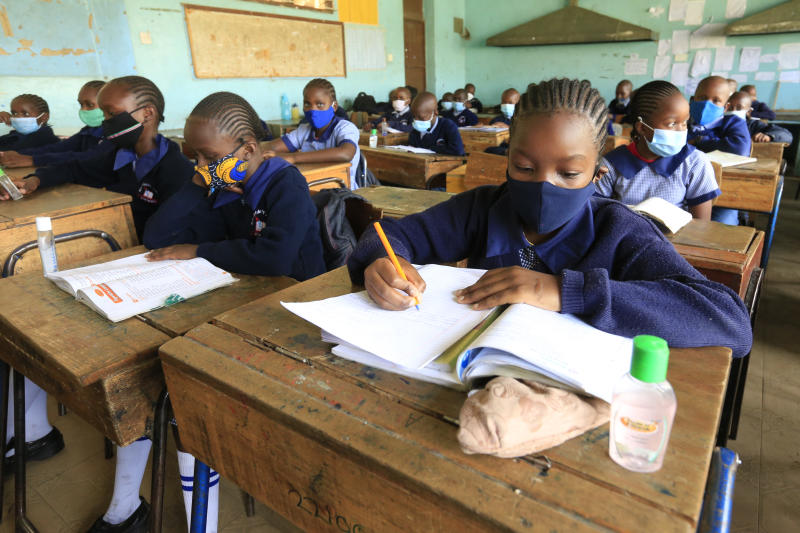×
The Standard e-Paper
Truth Without Fear

The world has made significant strides over the last few decades in expanding education access and improving gender parity across all levels of education.
In Kenya, Free Primary Education and 100 per cent transition to secondary education policies have ensured millions of children have enrolled and remained in school. Since 2015, the UK has supported 15.6 million children across the world to gain a decent education.